What Should Your E‑Commerce Homepage Look Like? Tips & Examples
Your homepage has a few seconds to make or break a sale. Learn the essential homepage best practices that build trust and turn visitors into customers.
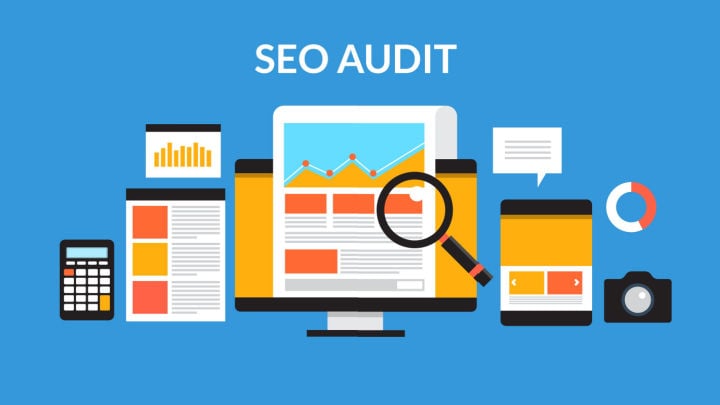
Organic search traffic accounts for 53.3% of overall website traffic. The main source of traffic is, hands down, Google. A staggering 92.96% of users worldwide are using text search queries to search for information on Google Image and Google Maps. These numbers prove the importance of auditing your site in order to find and fix possible SEO mistakes. In this guide, we’re going to talk about how to perform an SEO audit in 2022 to ensure your website’s growth.
A website SEO audit refers to diagnosing problems and threats that may slow down your website performance or even cause your site to be penalised by search engines. Also, SEO audits aim to identify technical issues that may prevent your online platform from boosting its search engine rankings. An SEO audit is crucial to your website’s growth. Its goal is to maintain and increase organic traffic from search engines.
When does one need to perform an SEO audit on their site? Let’s examine 5 situations when you need to act.
A website is made of various elements, such as structure, meta tags, links, etc. By performing an SEO audit on your site before it goes live, you’ll be able to find and fix some common errors and issues. As a result, you’ll have a fast and smooth online experience that works flawlessly from day one.
If you want to solidify your company's reputation, you absolutely need to polish your website before selling it. The same is true for when you’re buying a domain from someone else, especially if it’s costing you a lot. Regardless of how much you trust the seller, it’s important to identify all bugs and vulnerabilities that may cause problems in the future.
Recommended reading:
What to Know Before Buying a Website Domain for Your Online Shop
An SEO audit is also necessary when you’re changing more than 20% of your website data or tweaking the format and/or content on the pages that drive the most traffic to your website and convert the most customers. Be sure to check your site when you:
Even if you haven’t made any changes to your website, it may still have issues that are keeping your online shop from growing. Here we’re talking about redirects, broken links, duplicate content, indexed pages that have no particular value for the user, and other issues.
That’s why we recommend performing an SEO audit at least once within a fixed period of time. It can be once a month, or every 3-6 months, depending on how often you make adjustments to your website.
The good news is that you don’t need to do it manually. Nowadays, website owners can benefit from a bunch of smart tools that scan your website for bugs and issues at specified time intervals.
For example, when finding non-indexed pages, the Sitechecker tool sends the following message to users:
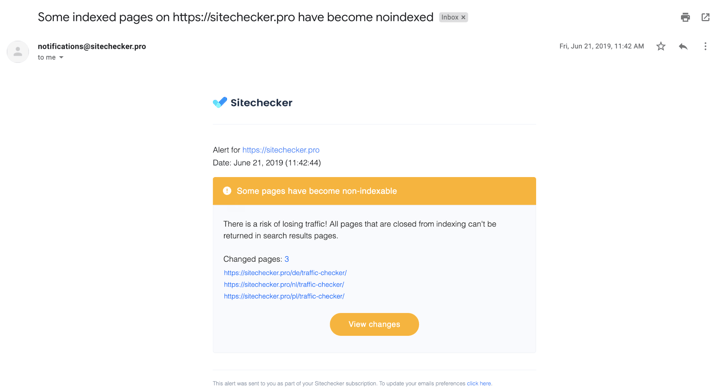
In order to devise a working SEO strategy, you need to know how effective certain search queries, pages, backlinks, etc. are. This will allow you to pinpoint the most valuable pages in terms of traffic and conversions.
Now you know that a comprehensive SEO audit allows you to collect information about your site, determine the needs of your target audience, check your current SEO metrics, and detect technical issues that need to be solved.
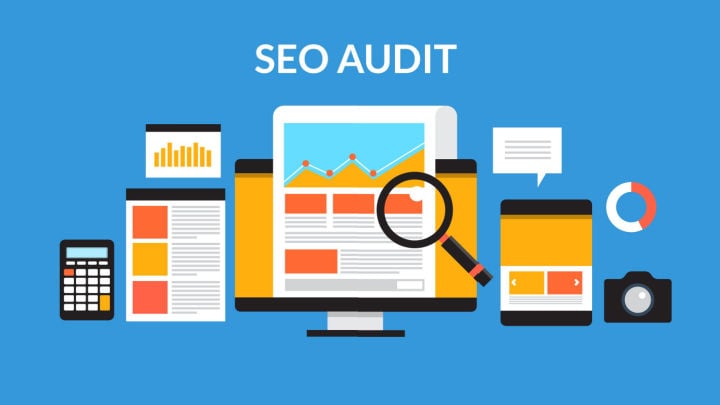
Shutterstock/Sammby
We’ve put together a 15-step checklist for conducting an insightful SEO audit. Go through this checklist to receive tons of valuable information for improving your website:
Now this one is easy. Open your website on any device that you have handy. Make sure all the pages load quickly. Also, you can use a dedicated tool (Host Tracker, Website Down Checker or UptimeRobot) that will check if your website is visible to search engines.
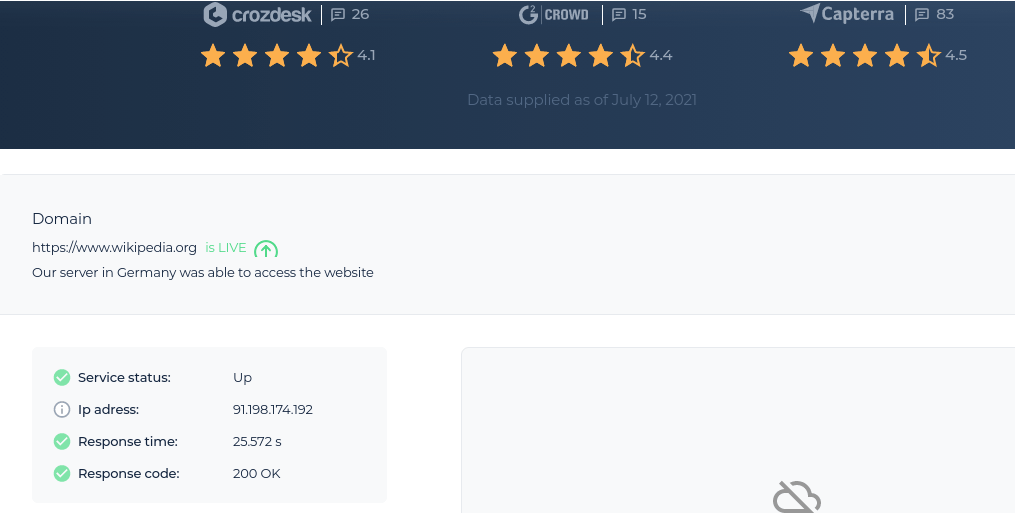
If you’re targeting a global audience, make sure your website can be accessed from different countries. You can do that by using the free Uptrends tool.
If your website doesn’t load, try to find out where the problem is. The most common reasons why a website doesn’t load is an expired domain, error during CMS or plugin update, hosting issues, DDoS attack or hacker activity.
There is no way you can fully eliminate any of these risks. However, it’s in your power to identify the problem in the shortest time possible and fix it. We recommend using a suite of tools for setting up automated accessibility checks for your site. This way, if your platform becomes inactive, you’ll immediately learn about it and will be able to act in a timely manner.
At this stage, you only need to check if users can see your website pages in search results. (As for website rankings, we’ll touch on that topic further into the guide.
Type “site:domain.com” into the Google search bar. This is a commonly used method for finding out which of your website pages are indexed by Google. We’ll be repeatedly using this method throughout our SEO audit.
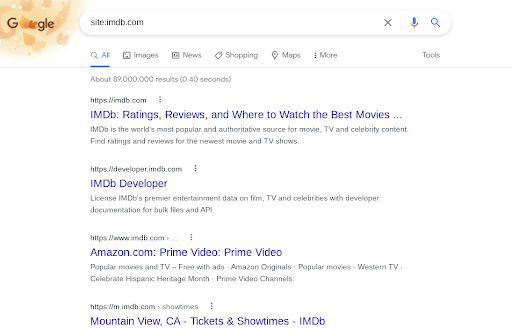
What if your website pages are missing from Google search? Here are the main reasons why your site isn’t indexed by Google:
To pinpoint the problem, you need to run a thorough technical audit. Be sure not to proceed to the next steps until you fix this issue.
Did you know that Google indexes each version of your website? Take a look at these URLs:
http://yoursite.com
https://yoursite.com
http://www.yoursite.com
https://www.yoursite.com
To you, these URLs may seem identical because they lead to one and the same website. Search engines, however, think differently. For example, Google sees them as four different sites. And since all these platforms share the same texts, images, etc., your site will get removed from Google search because it fails to provide unique content.
A surefire way to fix this problem is by setting up a 301 redirect to the preferred URL that you’re using. Every time a user enters any of these URLs, they’ll be automatically redirected to the main URL that you’ve selected.
People are increasingly using smartphones and tablets to search the Internet. With that said, be sure to test your website not only on desktop, but also on mobile devices. Access your website from your smartphone and run a Mobile-Friendly Test.
Even if your website pages load quickly and display correctly in your mobile browser, Google still may not consider them optimised for mobile devices. If that’s so, this smart tool will let you know that.
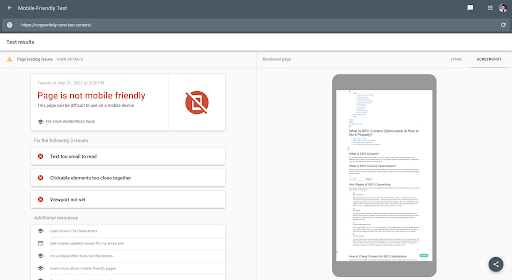
In the Details section, you’ll be able to see the list of detected problems:
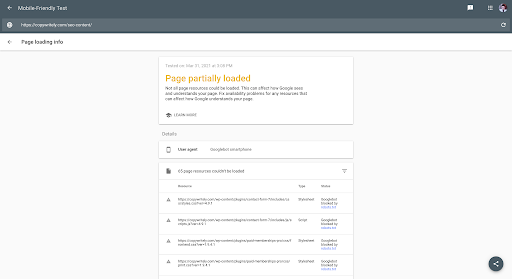
If you’ve already added your site to Google Search Console, the list of detected issues will be displayed there.
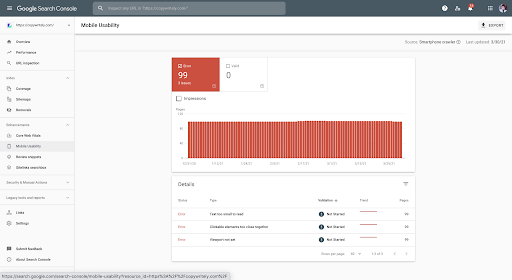
There was a time when having a HTTPS certificate was optional. Nowadays using HTTPS is a must, even for sites that don’t collect user data or accept payments.
A new visitor is unlikely to try access your website again (or they may leave your website right away) upon seeing this message:
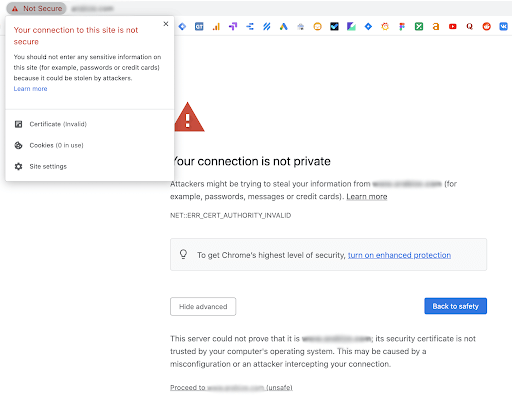
With that said, you have no other choice but to get a HTTPS certificate. Contact your hosting provider to find out how you can get it.
An HTTPS certificate shows users that your website can be trusted. Unfortunately, it can’t shield your site from malicious threats. There are plenty of ways to illegally install malware on your website. For example, a common way to interfere with a WordPress website is by hacking its plugins. You might not even know that your users’ data is in danger.
The best way to monitor this threat is by using the Security Issues report in Google Search Console. Also, you can check your platform yourself by using such amazing tools as Google Transparency Report and Website Safety Check.
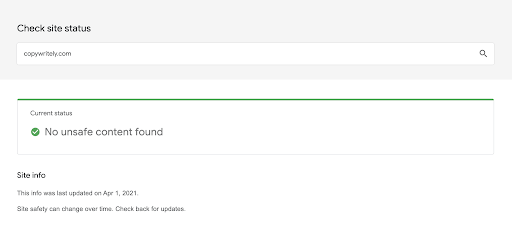
Such blacklists (both private and public) contain domain names, email addresses, and IP addresses that have been reported for sending spam.
If your online marketing strategy involves email marketing, you risk finding your website URL on one of such lists. Needless to say, this may damage your reputation and sabotage your online promotion.
You'll have to check each blacklist one by one. If you learn that your platform is on the list, you need to contact the blacklister and find out how you can remedy the problem. One recommend tool is the Website Blacklist Checker, a clever tool that checks several spam blacklists at once. Also, you can’t go wrong with Google’s Postmaster Tools or MxToolBox.
This is where the “site:domain.com” trick comes in handy again! Type “site:domain.com” into the search bar to make sure Google doesn’t index the following pages on your site:
But how do these pages get indexed in the first place? The reasons are plenty, from neglect on the side of website developers, to technical issues, to the lack of 404 Error page setup.
If you’re using Sitechecker, you’ll have access to a site indexation chart. If you spot a sudden growth in the number of indexed pages, you should run an unplanned SEO audit to find out where the problem is.
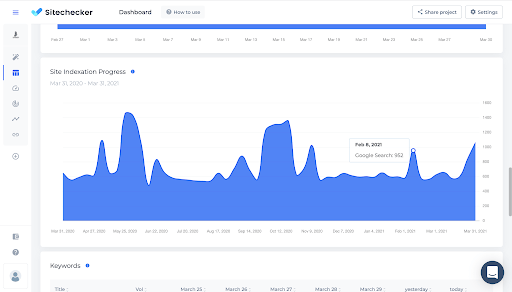
This is how you can partly solve the problem with incorrectly indexed pages. Why is it important? If search results are cluttered with too many of your pages, this will inevitably have a negative impact on user experience.
If a user lands on the wrong page, they leave immediately. When analysing user behavior, Google ranks such pages down, scans their new content less frequently and takes more time to index it.
With Sitechecker, you can easily find out what issues you need to take care of. Keep in mind that you’ll have to do everything manually.
The robots.txt file tells search engines which page URLs can be crawled and which ones not, while the sitemap.xml file contains links to all relevant pages on your site.
Also, set up a 404 response. This way, a user will see the “404 Page Not Found” message if the page they're searching for doesn’t exist.
Lastly, be sure to keep tabs on the Coverage tab on Google Search Console to be able to identify indexing and scanning issues in a timely manner.
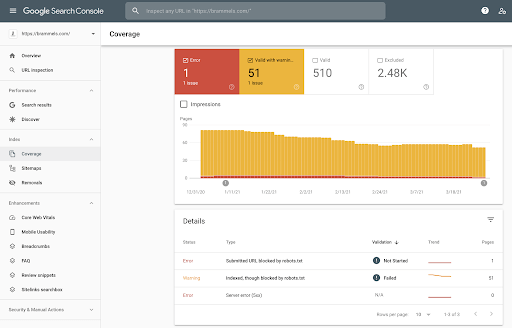
And one more thing: If your page is blocked from scanning with a robots.txt file, this doesn’t mean that Google won’t be indexing this page. To block Google from indexing a certain page, you need to add the noindex directive to the robots meta tag or X-Robots-Tag.
In the course of developing your website, you or your team have probably removed and combined pages, changed page URLs, and made other adjustments. As a result, now your platform may have a bunch of broken links and redirects. Let’s see what each of these terms means.
A small number of broken links and redirects won’t undermine your SEO. However, they’re perfectly capable of affecting the user experience. If a user clicks the URL with a typo in it, they won’t get to the page they're looking for. As for long chains of redirects, they’re wasting a user’s time, especially if their Internet connection is slow.
Google bots view broken links and redirects as a problem in the following cases:
It’s crucial to track broken links and long redirect chains to be able to identify and tackle the problems before they become a real threat to your success.
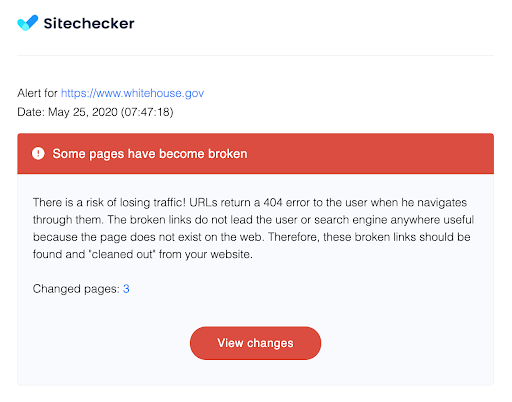
For almost 12 years, load time remained the main factor that determined website rankings. However, Google has recently confirmed that site speed ísn’t actually that important. Fast load times only matter when it comes to converting users who have already visited your website before.
Website speed should be viewed not as a ranking factor, but as an edge. For example, if your site is slow, it will be ranked down. If you improve your load time, your website will climb up the search results. However, if you continue to speed up your platform, you won’t see any further improvement in your rankings.
This doesn’t mean, however, that page load times are something to be overlooked. The more traffic your site is getting, the more efforts you need to invest into speeding up your site because it directly affects your conversion rates.
Here are two smart tools for checking page load times:
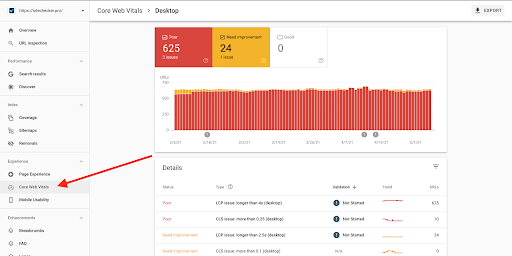
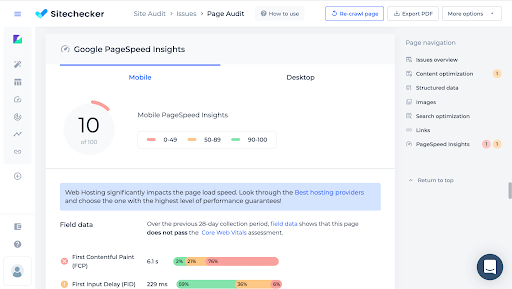
A user-friendly website navigation is the one that:
Improving website navigation is a complex task. How this task is tackled depends primarily on your business niche. You can add a search bar or product filter, incorporate links to the key pages into the header, use Breadcrumbs navigation scheme, etc.
Performing a usability audit is paramount for a successful website promotion and conversion growth. A website with poor navigation will drive away potential customers who will start searching for more user-friendly sites. As a result, Google will rank down your platform.
In order to find ways to improve your website navigation, you need to look at your site with users’ eyes. Set a goal and try to achieve it on your site or those of your competitors. Write down what you’ve managed to do easily and what caused difficulties. This way, you’ll be able to see clearly what aspects of your navigation need improvement. Or even better, you can outsource this task by commissioning a professional.
Recommended reading:
5 Tips for Making Your Website Easier to Navigate
Here are the three main signs of a good link structure:
The Google bot also collects information on what user problems your website pages are solving. If the bot manages to collect this data, the page gets ranked. A user evaluates Google’s snippet of your page, website's first screen, and then content value.
Listed below are the things that you should consider when SEO analysing your pages:
When evaluating the page, Google focuses on the keywords which are used in meta tags rather than in the content. Google uses these tags to create a snippet of your page. By using On-Page Audit from Chrome, you’ll be able to detect pages without meta tags, as well as pages with faulty meta tags that are too short, long or duplicate.
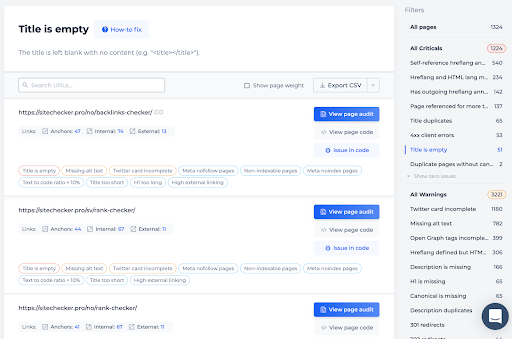
Headlines make it easier for users to visually perceive your content. Google analyses keywords in headlines and uses this information to rank your page. Pay special attention to the H1 headline for it’s almost as important as the title.
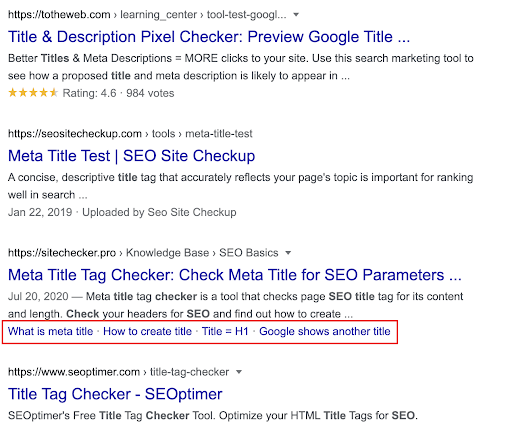
Structured data enables the Google bot to better understand what your page is about and create its snippet.
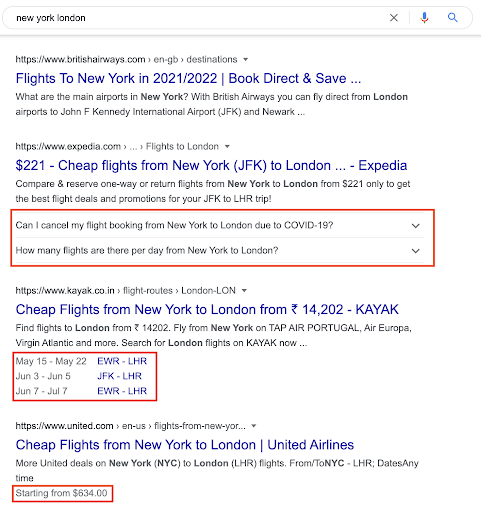
Want to learn more about structured data? Check out the whitepaper below:
Anchor links allow the Google bot to better understand the contents of your page. An anchor link must contain the words and phrases related to the topic of the page that you’re linking to. This is important not only for the bot but also for users. To detect problematic anchors, use Site Audit.
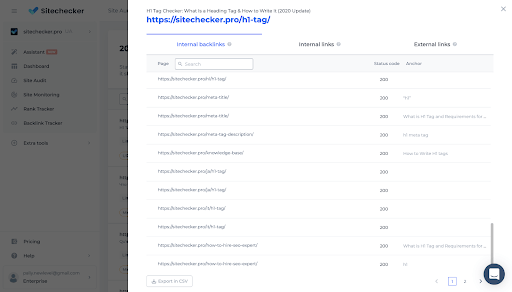
Legibility is by far not the only criteria of a good text. The goal of content is to drive search traffic and encourage visitors to perform certain actions. When checking your text content, use the following criteria:
To check your texts against the above-mentioned criteria, use Copywritely. Copy a text into the field - or simply insert the page URL - and find weaknesses in your text content.
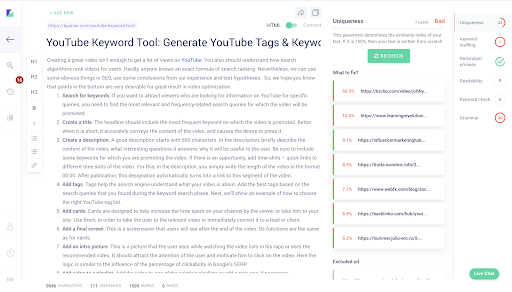
Learn more about keyword strategies with our whitepaper:
Of course, this is not a complete checklist for running an SEO audit on your website. The entire checklist includes a bunch of steps that have to do with checking technical parameters, rankings, user experience, and more. This guide contains what we consider to be the most important steps. Running your website through this checklist on a regular basis is crucial to an effective online strategy. And one more thing: Keep in mind that your site must appeal not only to the Google bot, but also to your visitors. SEO leads have an impressive 14.6% conversion rate. They’re worth fighting for, don't you think?
17/11/21Your homepage has a few seconds to make or break a sale. Learn the essential homepage best practices that build trust and turn visitors into customers.
Product reviews can have a big impact on your online shop. Whether it's conversions, building trust, or SEO, learn why your shop needs product reviews.